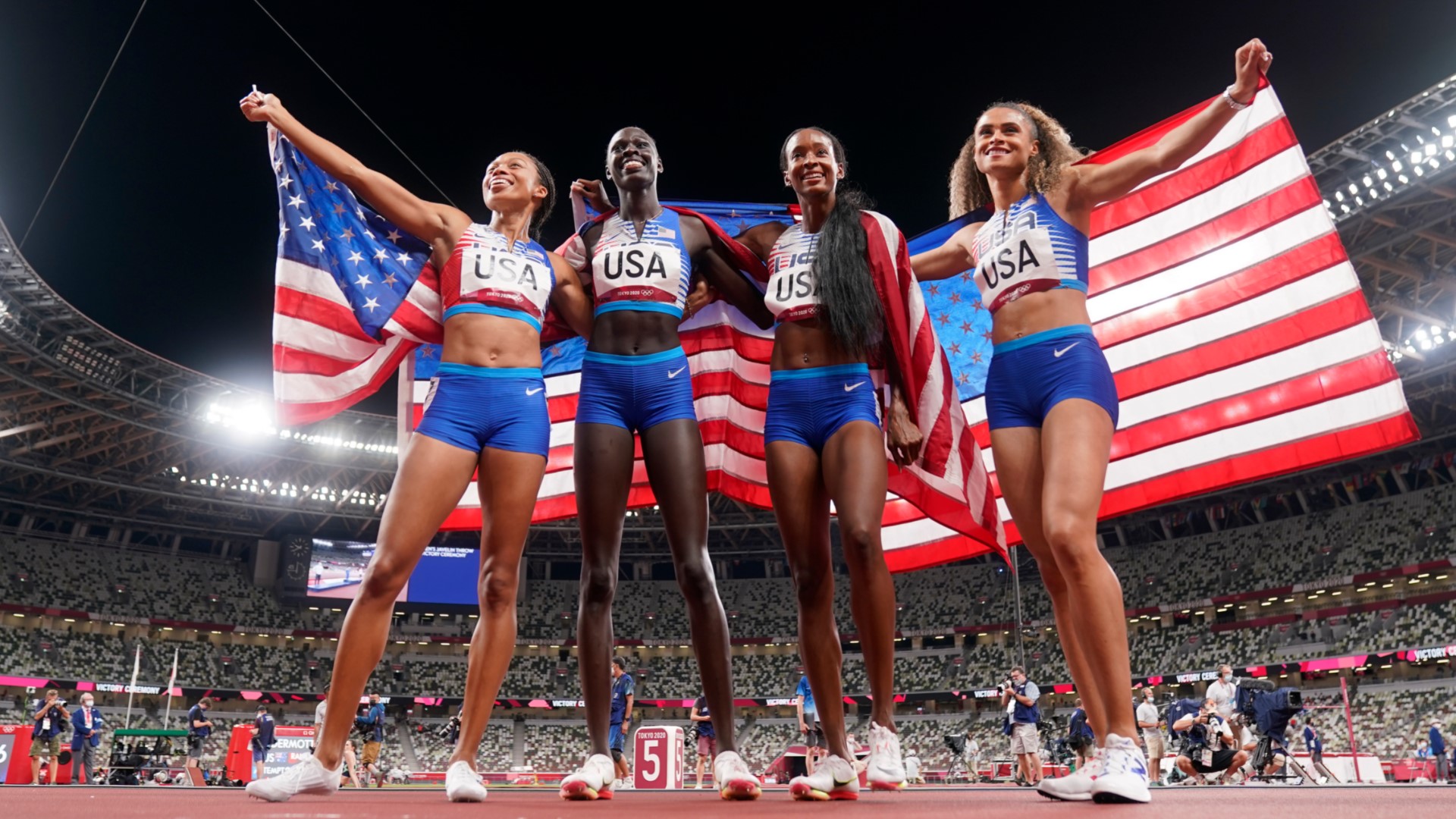
By Robert L. Herron and Taylor Rogers |
March is Women’s History Month and March 8 is International Women’s Day. In sport, the continued increase in female sports’ popularity highlights the progress society has made, but also further underscores the need for more advancement – this is specifically true in sport science research.
Female-specific sports science research is lacking. In the past, most research was conducted on young, white, college males. Often studies were designed to exclude women based on sex- or gender-specific differences (perceived and/or real). As a result, data including women are underrepresented in the literature – writ large – and current “best practices” for practitioners are not informed by research that includes women. The problem of underrepresentation in research studies can have tremendous impacts on health and safety in sport.
There are several targeted interventions that may help improve this imbalance. However, a recently published tool can help those involved in sport-science research identify underrepresentation of female athletes – via an audit – and thus highlight the needs for additional work in a specific area.
In the February issue of the International Journal of Sports Nutrition and Exercise Metabolism, Dr. Ella S. Smith et al. published the review that provides a quality framework entitled, Methodology Review: A Protocol to Audit the Representation of Female Athletes in Sports Science and Sports Medicine Research. Of note, the tool/process allows future research to be informed by identifying gaps in the current research.
I encourage sport science students and researchers to read and review the article. In short, the process outlines addressing the following characteristics:
- Population
- Athletic Caliber
- Menstrual Status
- Research Theme
- Study Impact
- Sample Size
In order to create a more diverse, equitable, and inclusive field of study, it is important that focused efforts attempt to facilitate positive change. Standardized protocols with which gaps in research can be noted, helps justify the need for female-specific research in several areas of inquiry. This is critical in moving forward. While this tool alone will not rid the world of sex and gendered bias, it can help researchers work on filling the gaps and improving the science to better support women in sport.
Robert L. Herron is Acting Director of Sport Exercise Science at the United States Sports Academy. Robert is a Certified Strength and Conditioning Specialist® with distinction from the National Strength and Conditioning Association (NSCA-CSCS*D®) and a Clinical Exercise Physiologist through the American College of Sports Medicine (ACSM-CEP®). rherron@ussa.edu
Taylor Rogers is the Academic Affairs Coordinator at the United States Sports Academy. Taylor is currently a graduate student at the United States Sports Academy where she is completing her master’s in Sports Management.